Did Oregon First Responders Help Recover a Shipwrecked Spanish Galleon?
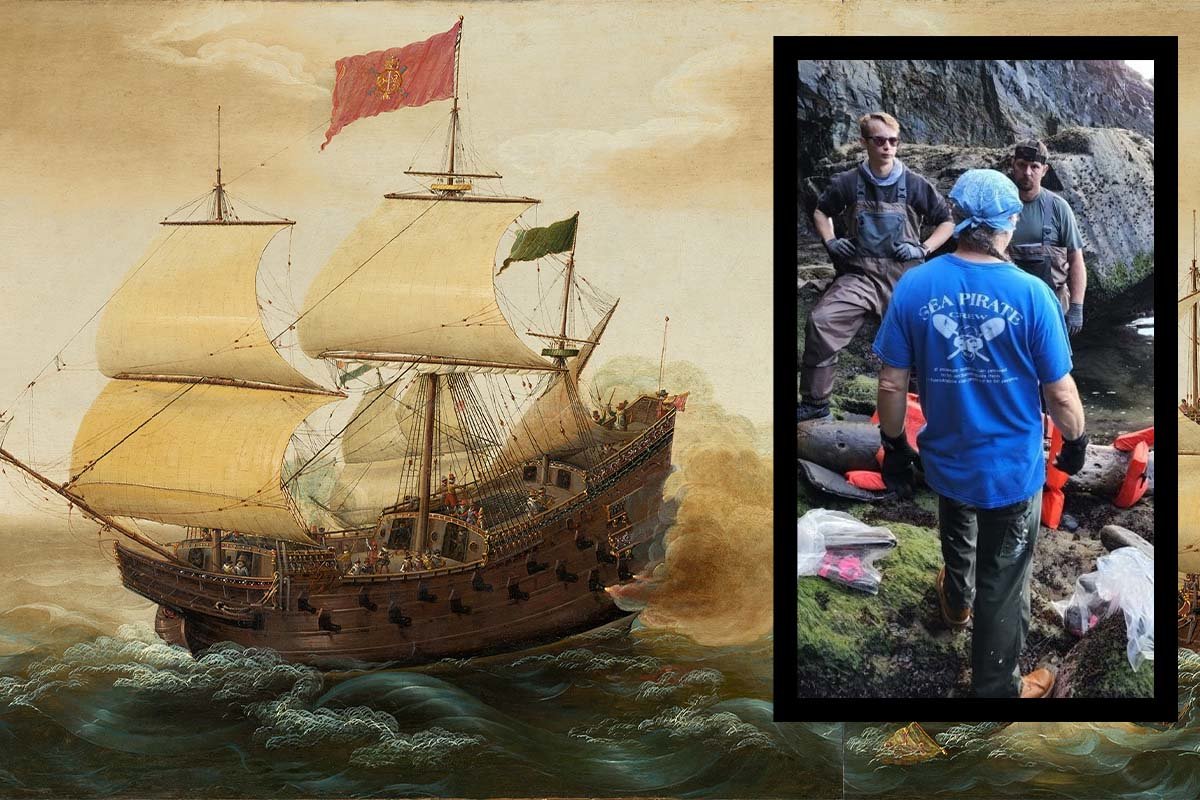
Archaeologists joined Oregon first responders to recover wooden planks they believe might’ve come off the hull of a Spanish galleon lost in the winter of 1693-94. Composite by Coffee or Die Magazine.
One-Eyed Willy’s treasure wasn’t found, but Oregon archeologists on June 17 recovered timber they suspect might’ve come from the Santo Cristo de Burgos — a shipwrecked Spanish galleon that inspired the cinematic cult classic The Goonies.
But researchers concede they wouldn’t have been able to fish the 15 precious planks from one of the Manzanita Coast’s sea caves earlier this month without the help of local first responders.
“We could not have done it without the local law enforcement and fire and rescue guys,” Scott Williams, the principal investigator and vice president of the Maritime Archeological Society, told Coffee or Die Magazine.
Nehalem Bay Fire and Rescue, the Tillamook Sheriff’s Office, and the Clatsop County High Angle Rescue Team provided both technical assistance and medical care during the daunting recovery operation.
“I can absolutely tell you that I’ve been in the fire service for 30 years and never did I think that a part of my job description would be shipwrecked Spanish galleons,” Nehalem Bay Fire and Rescue Chief Chris Beswick told Coffee or Die.
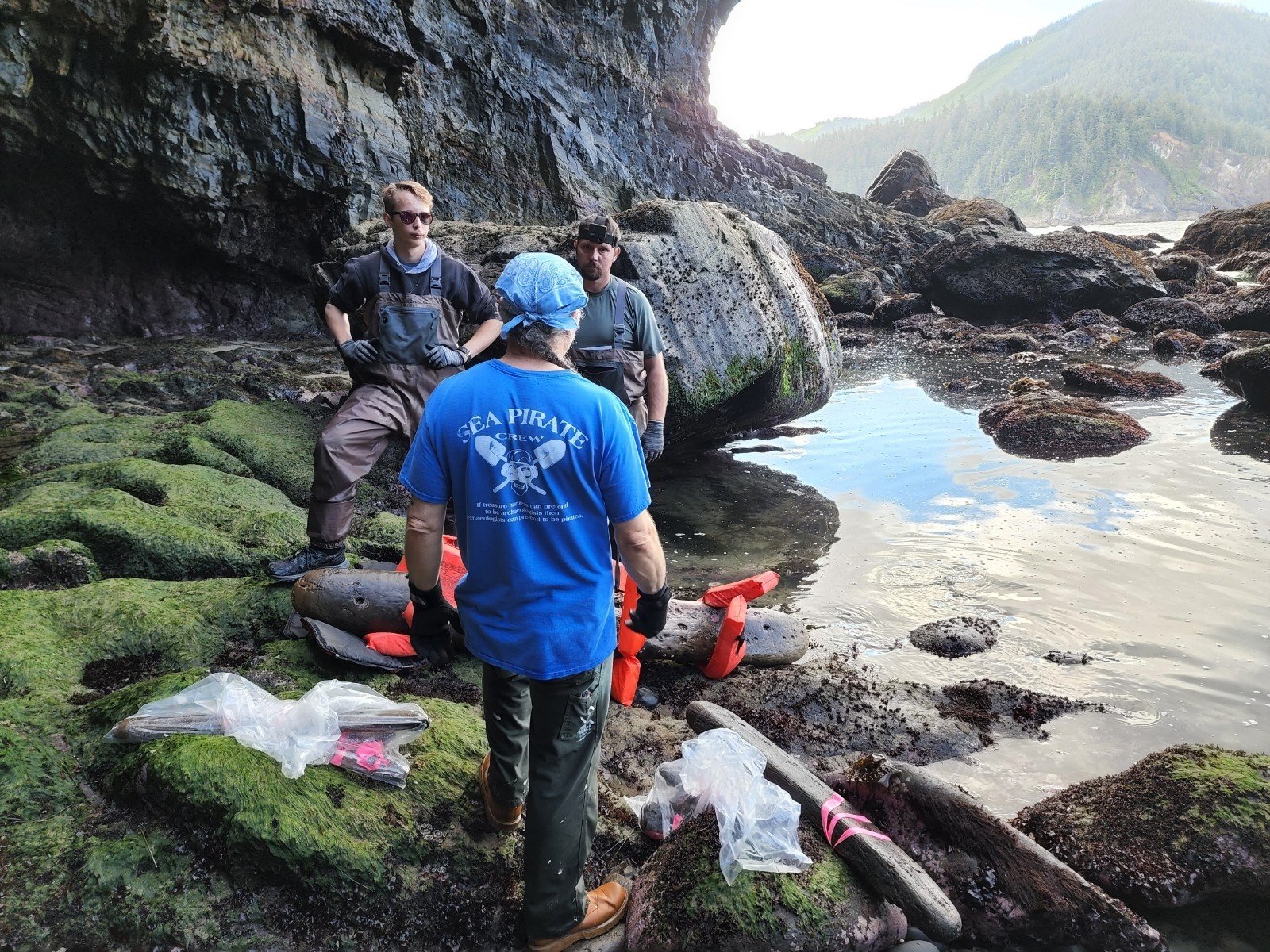
Built in the Philippines, the Santo Cristo de Burgos left Manila in the summer of 1693 for New Spain, Madrid’s colony in Mexico. But the galleon was lost at sea, and its cargo of beeswax, porcelain, and other Asian trade goods went down with it.
For decades archaeologists and treasure hunters combed the Pacific coast, from the sand dunes and spruce thickets rimming the Nehalem Spit down to the galleon’s intended destination, sunny Acapulco. They long suspected the Manzanita Coast might’ve become the galleon’s final resting place because of beeswax and other artifacts traded to 19th-century settlers by local Nehalem-Tillamook and Clatsop peoples.
Those trade goods and other finds by Oregonians over the past century can be seen in regional museums, including a beeswax block and silver holy oil jar at the Tillamook County Pioneer Museum, and a galleon’s rigging pulley that’s showcased at the Columbia River Maritime Museum in Astoria.
Williams’ Maritime Archaeological Society launched the Beeswax Wreck Project in 2006 to finally find the lost ship.
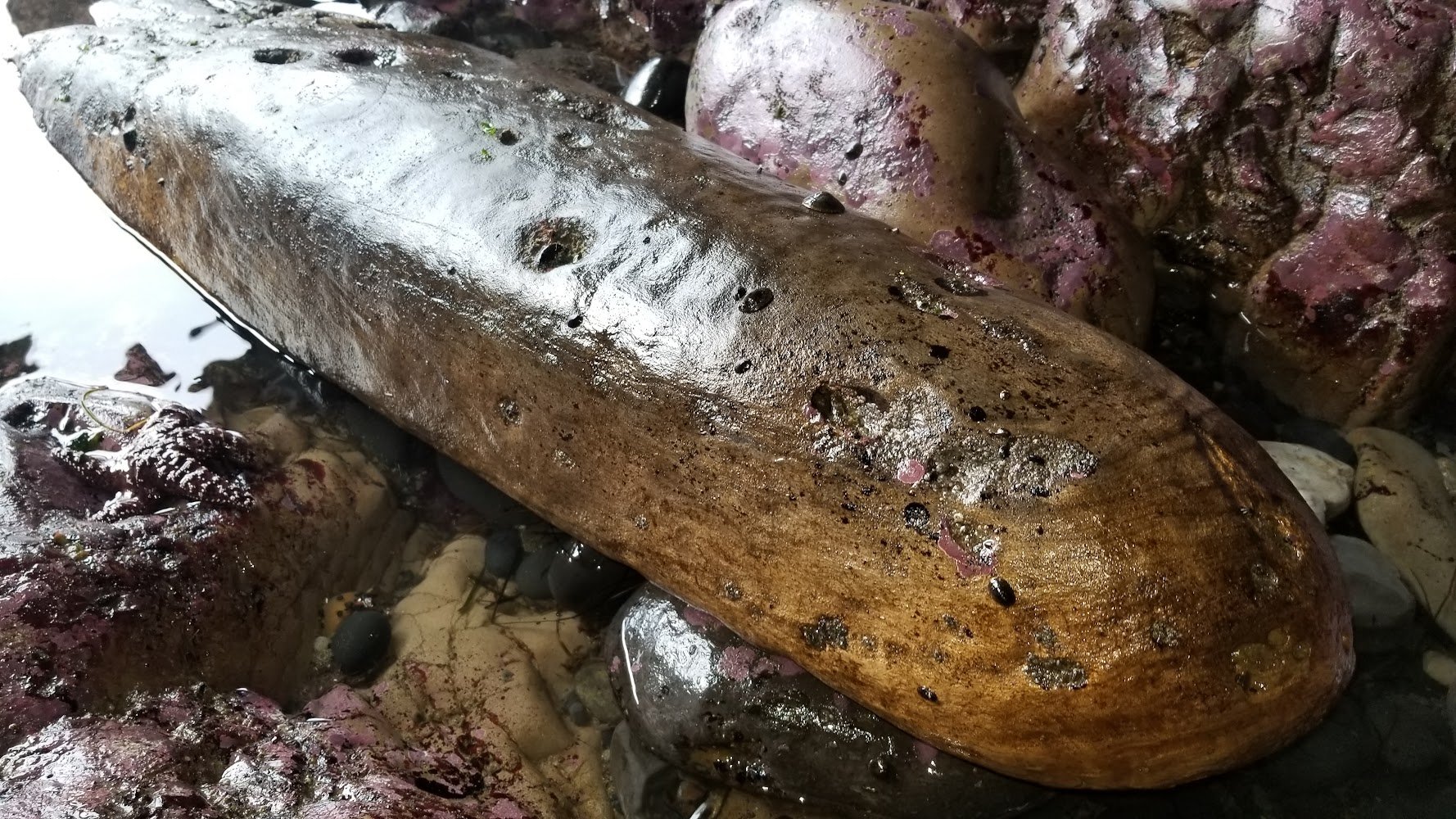
In 2019, beachcomber and fisherman Craig Andes was searching sea caves when he spotted what looked like shaped ship timbers. He was a member of the Beeswax Wreck Project, so he reported finding the old planks worn smooth by the sea.
“He recognized that these were something more than just driftwood,” Williams said. “And, honestly, I would have walked right past them if I had seen them, and that’s kind of a gift.”
Williams lauded Andes as a dogged explorer who “just wouldn’t take ‘no’ for an answer,” even after other researchers expressed doubt the wood came from a galleon’s hull. A lab tested the timbers and confirmed they were tropical hardwood, the primary building material for Spanish ships in Manila. And that kicked off the push to excavate the fisherman’s find.
“My first thought was holy cow, maybe this is part of the wreck,” Williams said, but a small nonprofit like his couldn’t afford a full-scale recovery operation.
And the mission also looked very dangerous. Strewn with boulders and slick with kelp, the shoreline trek to the sea caves can be tricky. Archaeologists also would have less than two hours at low tide to tug out the planks before the caverns swelled with seawater.
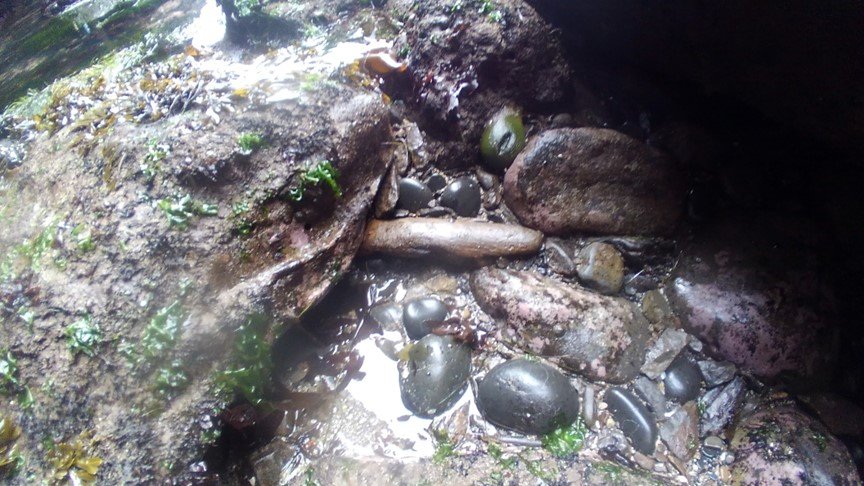
Planners began working with Stacy Scott, the coastal region archaeologist for the Oregon Parks and Recreation Department and experts from other maritime and archaeology organizations to create a plan to recover the timbers.
They also reached out to the first responders in Tillamook and Clatsop counties for help. Rescue Chief Beswick told Coffee or Die one of the first things that stuck out for him was how little time researchers would have to remove the timbers.
Even on a day with a very low tide, they faced a 90-minute window to get into the grotto and back out with the artifacts.
“As the tide starts coming in, you get larger and larger waves that start to wash up under the rocks,” Beswick said, and crashing waves make recovery operations “pretty treacherous.”
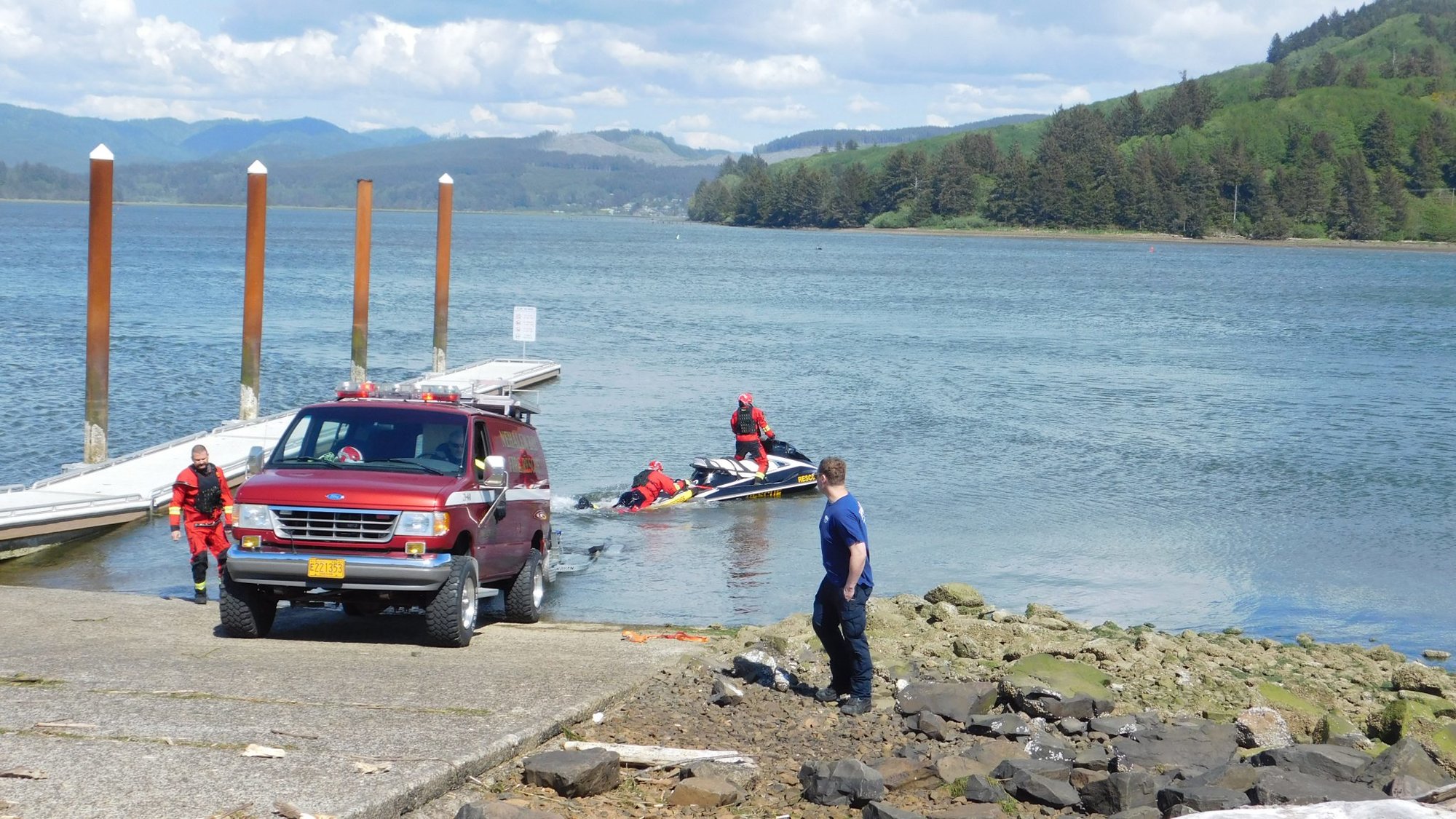
State workers blazed a trail for Beswick’s utility terrain vehicle to reach the shoreline, and he took up a position close to the sea cave on June 17.
“So I was set for anything, like if anyone was to have a heart attack out there while working or something like that,” Beswick said. “We do plenty of those rescues, everything from heart attacks to drownings to traumatic injuries.”
Four of Beswick’s water rescue personnel mounted a pair of jet watercraft and waited outside the mouth of the cave.
The Clatsop County High Angle Rescue Team stood atop the cliffs above the cave, ready to rappel down to save anyone trapped by rising waters.
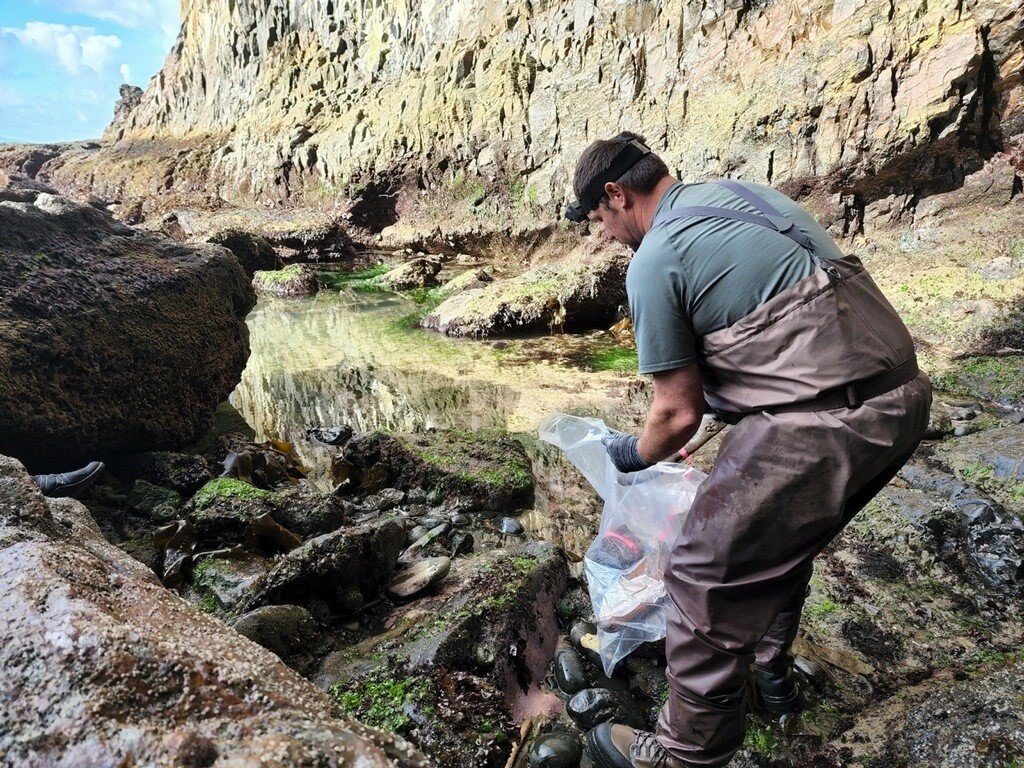
It took more than 20 minutes for the archaeology team to reach the cave. The mission’s clock was ticking down when they entered the cavern. Hemmed in by the rock walls, radio communications inside the grotto fizzled, so Beswick directed his jet watercraft teams to put their eyes on the archaeologists to make sure they stayed safe.
They saw researchers hustling to bag and tag the artifacts as the sea rose. They handed off their bundles to the jet watercraft teams, who then rushed the finds to other archaeologists posted near Beswick.
“It’s super interesting,” Beswick said. “I joked with the archaeologists that it just looks like driftwood to me, and if I was having a beach fire, this would be kindling.”
And then they began hauling out the big timber. Williams estimated one 7-foot, 6-inch plank weighed more than 300 pounds.
“Basically, we secured the beam like it were a victim,” Beswick said with a chuckle. “And then they brought it to shore, where several of us were able to get ropes on it and carry it up from the beach.”
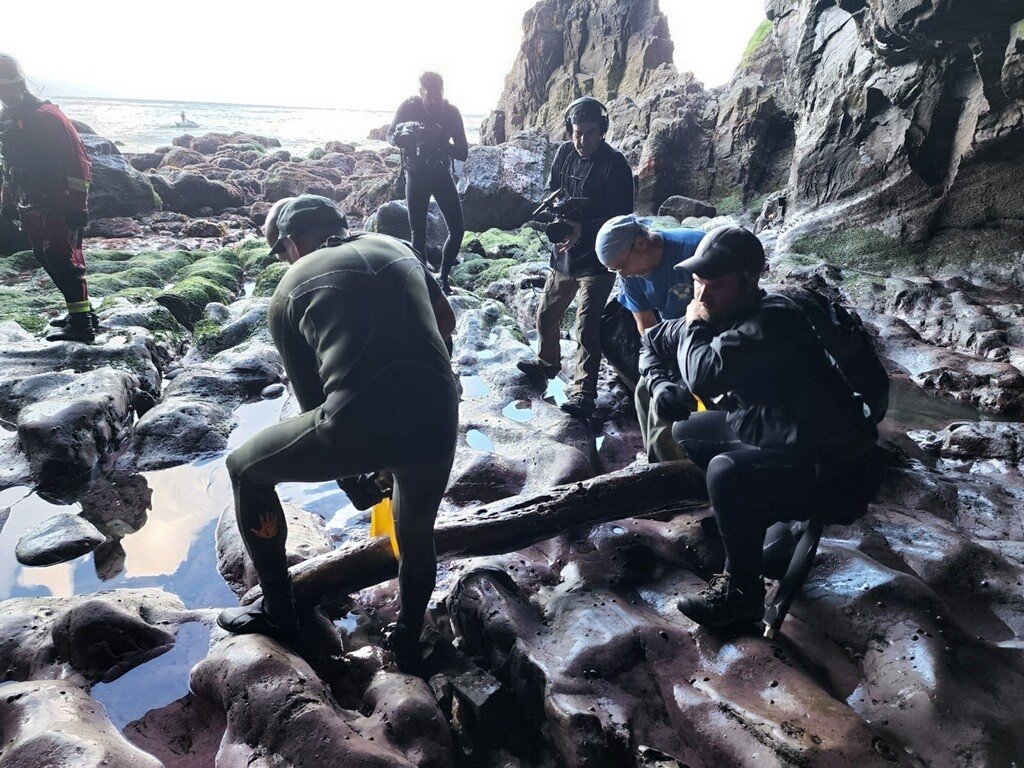
First responders and archaeologists declared the mission a great success. No one was injured, but one of the volunteers with a “trick knee” was transported out by jet watercraft before the high tide rolled in, according to Beswick.
“They worked as long as they could,” Beswick said. “Honestly, we went past the point of comfort.”
Researchers are testing the timbers now to confirm that they’re also cut from tropical hardwoods that can be traced back to the Philippines.
Beswick told Coffee or Die his department treated the recovery operation as a training scenario and discovered his rescuers needed to tweak a tactic — a “pinnacle pick” — his teams use to load patients onto jet watercraft from rocks and shoals.
“So, actually, based on that weekend, we’re going to start doing more of a rescue swimmer operation like the Coast Guard would do,” Beswick said. “Where we put our swimmer into the water, they swim out, retrieve the patient, bring them into the water, and then we take them onto our board or our ski. Odd that that would come from this operation, retrieving a piece of timber, but that’s actually what’s happening.”
Read Next: Police: Vermont Man Attacked 2 Troopers With Excavator
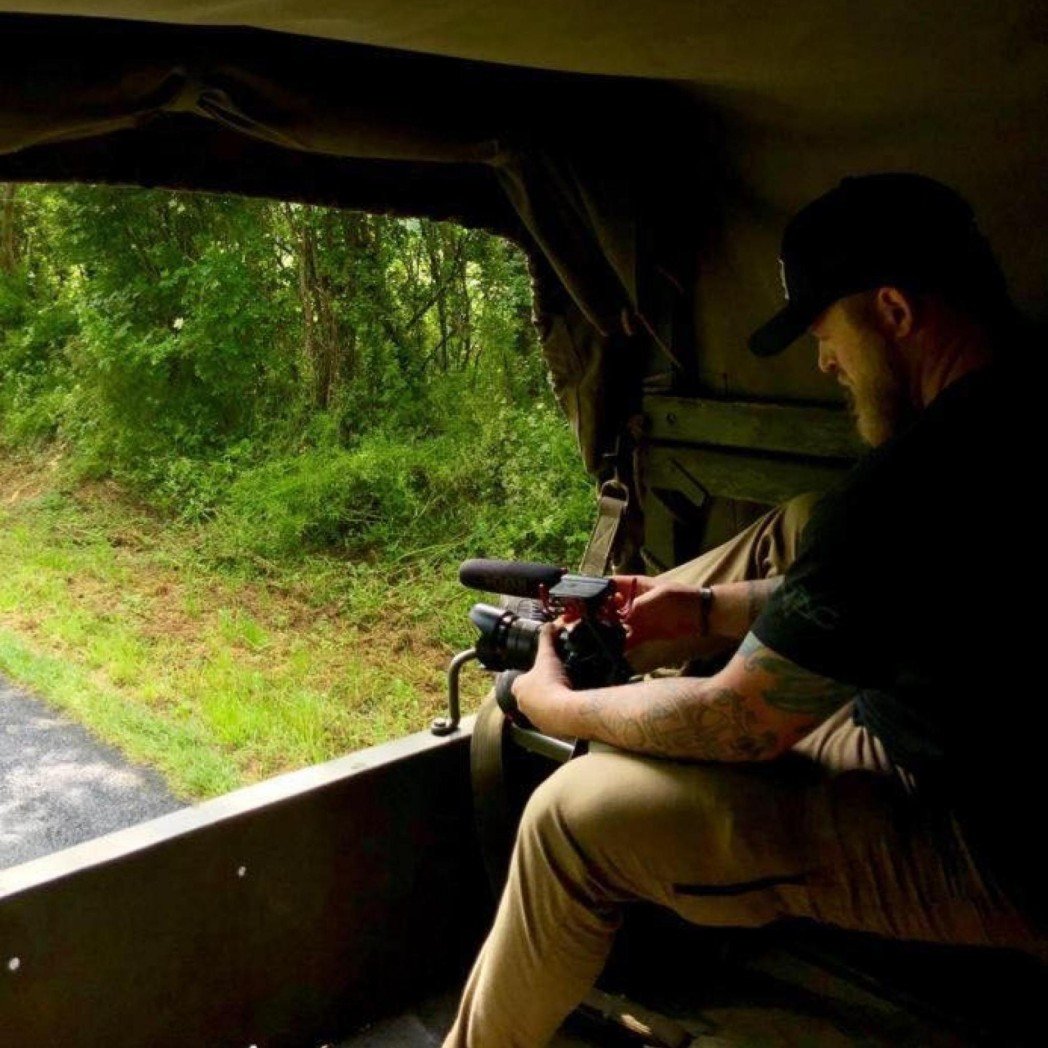
Joshua Skovlund is a former staff writer for Coffee or Die. He covered the 75th anniversary of D-Day in France, multinational military exercises in Germany, and civil unrest during the 2020 riots in Minneapolis. Born and raised in small-town South Dakota, he grew up playing football and soccer before serving as a forward observer in the US Army. After leaving the service, he worked as a personal trainer while earning his paramedic license. After five years as in paramedicine, he transitioned to a career in multimedia journalism. Joshua is married with two children.
BRCC and Bad Moon Print Press team up for an exclusive, limited-edition T-shirt design!
BRCC partners with Team Room Design for an exclusive T-shirt release!
Thirty Seconds Out has partnered with BRCC for an exclusive shirt design invoking the God of Winter.
Lucas O'Hara of Grizzly Forge has teamed up with BRCC for a badass, exclusive Shirt Club T-shirt design featuring his most popular knife and tiomahawk.
Coffee or Die sits down with one of the graphic designers behind Black Rifle Coffee's signature look and vibe.
Biden will award the Medal of Honor to a Vietnam War Army helicopter pilot who risked his life to save a reconnaissance team from almost certain death.
Ever wonder how much Jack Mandaville would f*ck sh*t up if he went back in time? The American Revolution didn't even see him coming.
A nearly 200-year-old West Point time capsule that at first appeared to yield little more than dust contains hidden treasure, the US Military Academy said.












